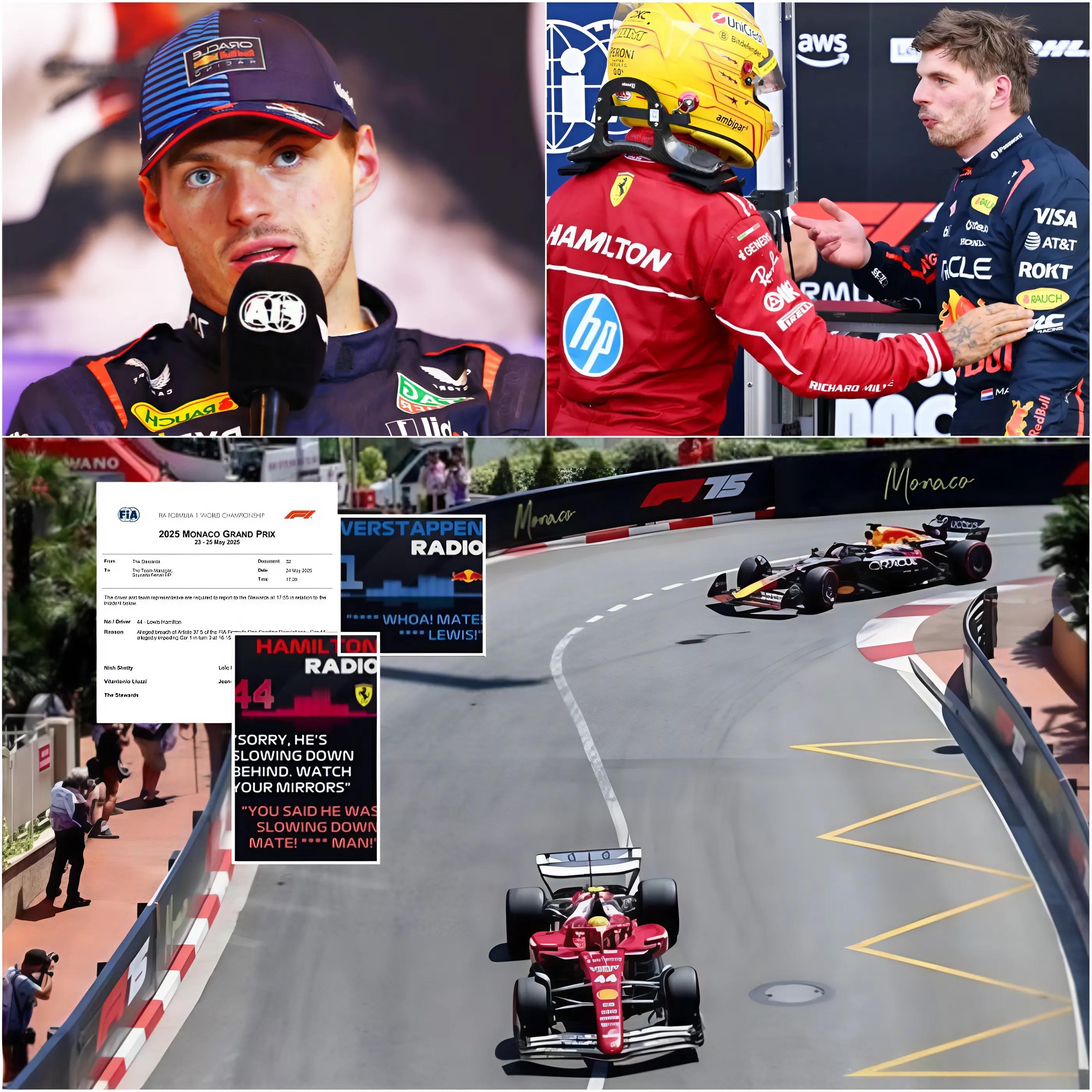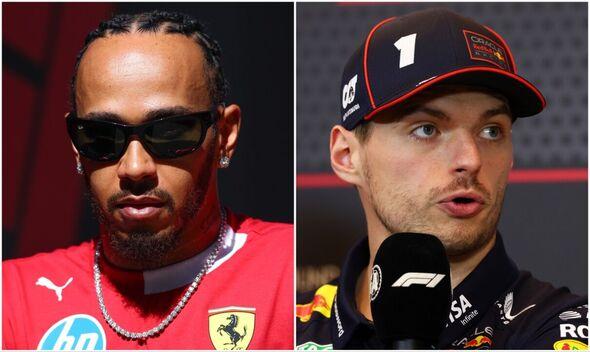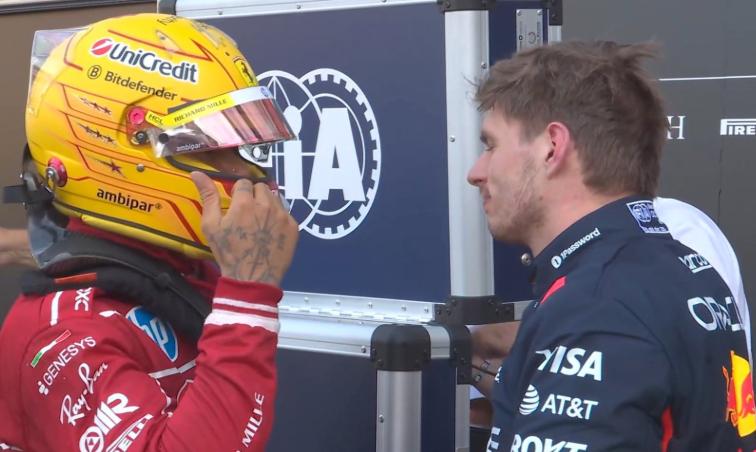The Formula 1 world was rocked once again this weekend by a series of incidents involving Lewis Hamilton and Max Verstappen during qualifying for the Monaco Grand Prix. An incident in Q1, where Hamilton impeded Verstappen, earned the Ferrari driver a three-place grid penalty. However, this penalty was later relaxed, further inflaming tensions between the two rivals. Additionally, a dramatic statement from FIA President Mohammed Ben Sulayem caused renewed unrest in the paddock. This article examines recent developments and the broader context of this rivalry, which continues to dominate Formula 1.

During qualifying at Monaco, a circuit where overtaking is notoriously difficult, Hamilton was found guilty of impeding Verstappen during the first qualifying session. The Briton, making his debut with Ferrari this season, blocked Verstappen during a flying lap, hampering the Dutchman’s attempt to set a competitive time. The stewards initially handed Hamilton a three-place grid penalty, demoting him to a lower starting position. Verstappen, who ultimately set the fifth fastest time, expressed frustration at the incident, while Hamilton dismissed it as a racing incident. However, the race stewards ruled that Hamilton’s action was not intentionally dangerous, leading to a penalty reduction. This decision drew mixed reactions from both fans and teams.

The rivalry between Hamilton and Verstappen has been at the heart of Formula 1 for years, and this incident in Monaco has opened a new chapter in their battle. Hamilton, who is trying to find his feet after a difficult start at Ferrari, seems determined to make his mark. His arrival at Ferrari was seen as an opportunity to revive his career, but results have been mixed so far. In Monaco, Hamilton also caused a red flag in the third free practice session, which disrupted the preparations of the other drivers, including Verstappen. Despite these setbacks, Hamilton demonstrated that he remains a formidable competitor by setting an excellent time in qualifying, even after the penalty.

FIA President Mohammed Ben Sulayem also intervened, further complicating the situation. After the Saudi Arabian Grand Prix earlier this season, where Verstappen was given community service for his comments during a press conference, Ben Sulayem spoke of the need for strict discipline between drivers. In Monaco, he responded to the incident between Hamilton and Verstappen by emphasizing that the FIA takes a consistent approach to assessing infractions. He emphasized that the stewards consider the context of each incident, such as the driver’s intent and its impact on the race. However, his comments drew criticism from some fans, who believe the FIA lacks consistency in its sanctions. This has fueled speculation about tensions between Ben Sulayem and Verstappen, who earlier this season expressed his dissatisfaction with the FIA’s strict rules.

The dynamic between Hamilton and Verstappen continues to captivate Formula 1. While Verstappen struggles to keep up with an improving McLaren team, Hamilton seems determined to improve his championship position. The Monaco Grand Prix, with its narrow streets and high stakes, provides the perfect setting for this rivalry. The race is highly anticipated by fans, where every small advantage or mistake can make all the difference. For Hamilton, this race is an opportunity to prove he can still compete with the best, while Verstappen is determined to maintain his championship lead.
Formula 1 remains a sport of tension, strategy, and controversy. The Monaco incident and Ben Sulaym’s subsequent statements highlight the complexity of enforcing the rules in a sport where emotions run high. As the season progresses, the battle between Hamilton and Verstappen will undoubtedly take more unexpected turns. For now, Monaco remains the scene of a captivating chess game, both on and off the track.





